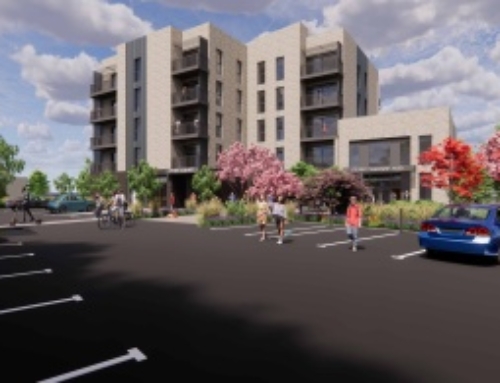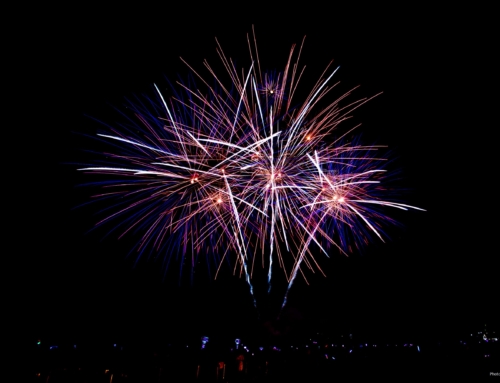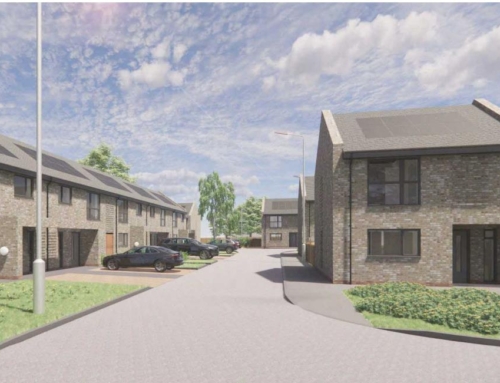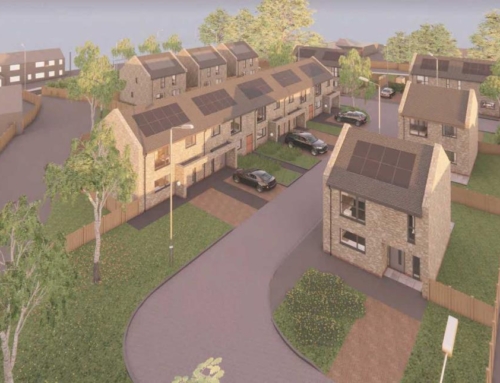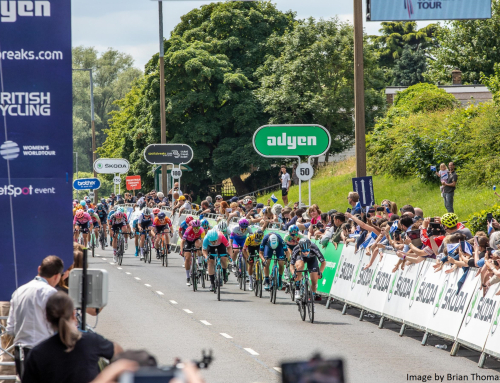When I joined Harlow Art Trust as Artistic Director two years ago, I knew the value of public art in theory, but it took a global pandemic for me to understand it in practice.
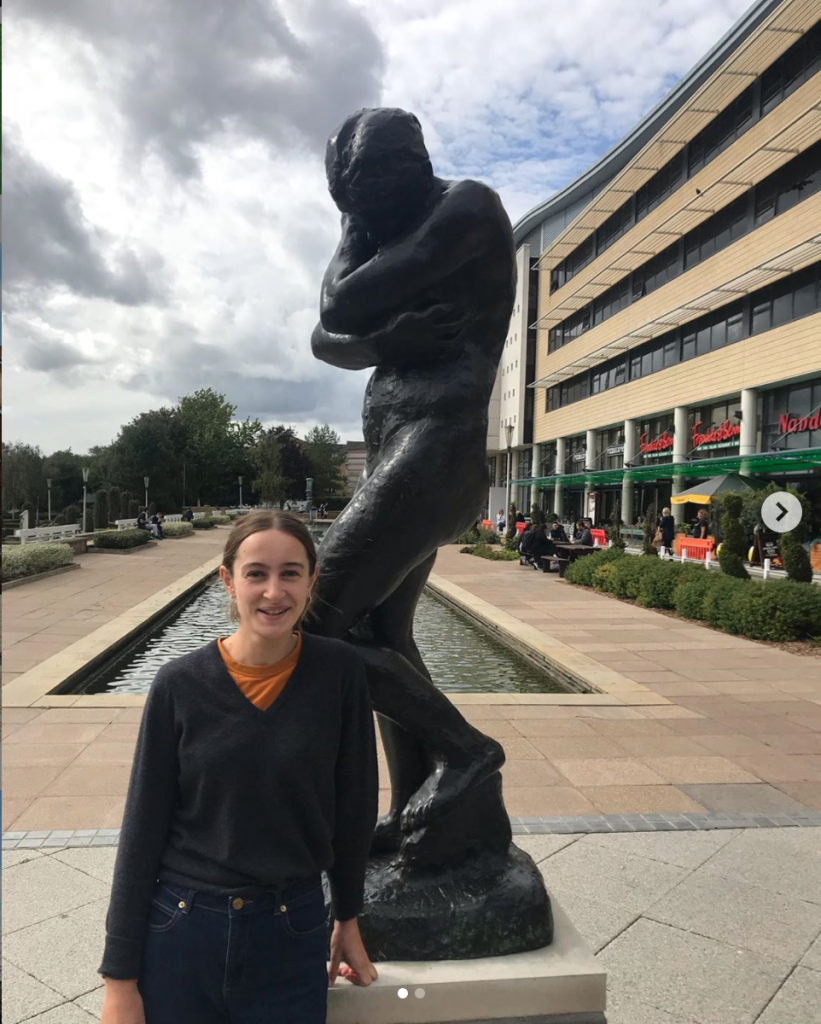
Artistic Director Kate Harding with Auguste Rodin’s ‘Eve’ (1897) in the Water Gardens, Harlow Town Centre.
Harlow’s sculpture collection is a result of the Second World War: the last truly global crisis in modern memory. At the outset, it was an imaginative and ambitious attempt to rebuild communities. The sculptures were a way to create public spaces people would enjoy using and sharing with their neighbours. They reflected the optimism of the post-war period and projected a sense of stability that would reassure residents after the turmoil of WW2.
Henry Moore’s iconic Harlow Family Group (1953) was our first commission for Harlow New Town. This photo shows a young resident with the sculpture in the 1960s
Since 1953 the Trust has been working to grow and maintain the collection for the people of Harlow and we continue to do so today. Now more than ever communities up and down the country need access to high quality art on their doorstep, for free. Harlow has this in abundance. Thankfully, it is easy to maintain social distancing and enjoy Harlow’s unique collection at the same time: over 100 artworks are spread evenly throughout.
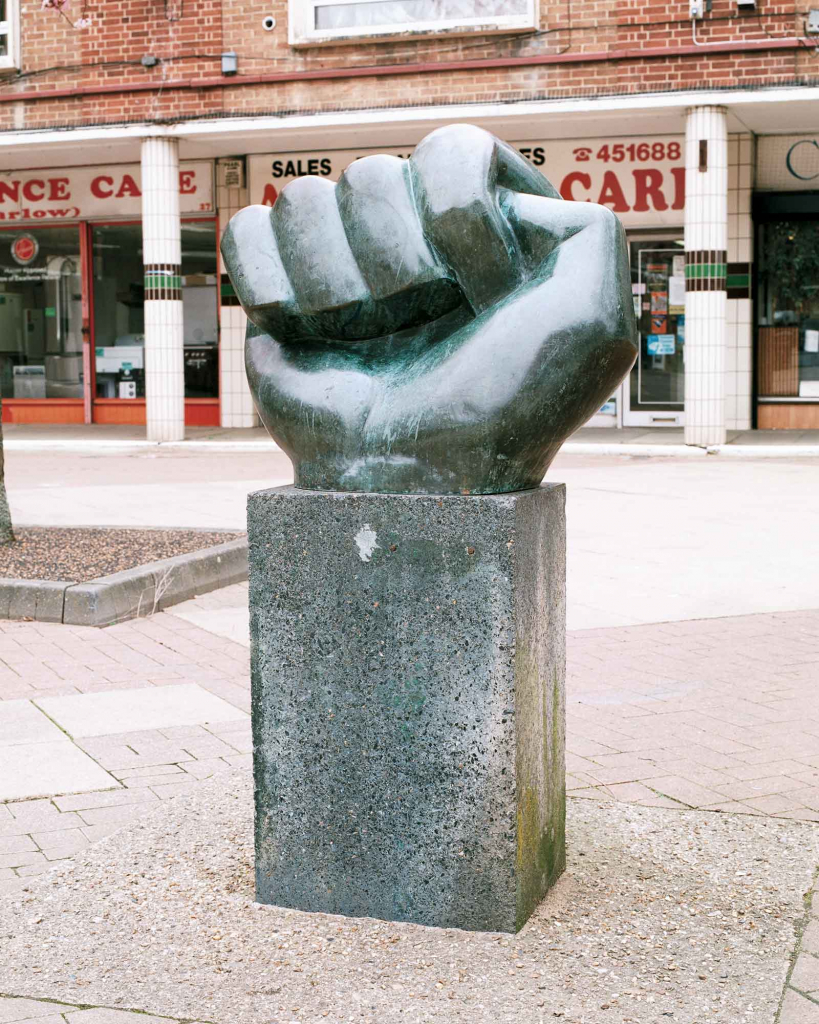
Not in Anger (1979) by Leon Underwood can be found in the pedestrianised Stow neighbourhood centre. The raised fist is a symbol of solidarity.
This week we are launching our new website www.sculpturetown.uk, and map, which will make Harlow’s unique urban sculpture park more accessible than it has ever been before. The mobile version of the site can be used to navigate three new trails or find your nearest sculpture in real time. The town boasts abundant green spaces and an extensive network of cycling and walking paths to enjoy. We have tried to keep the trails to these paths and to pedestrianised areas where possible.
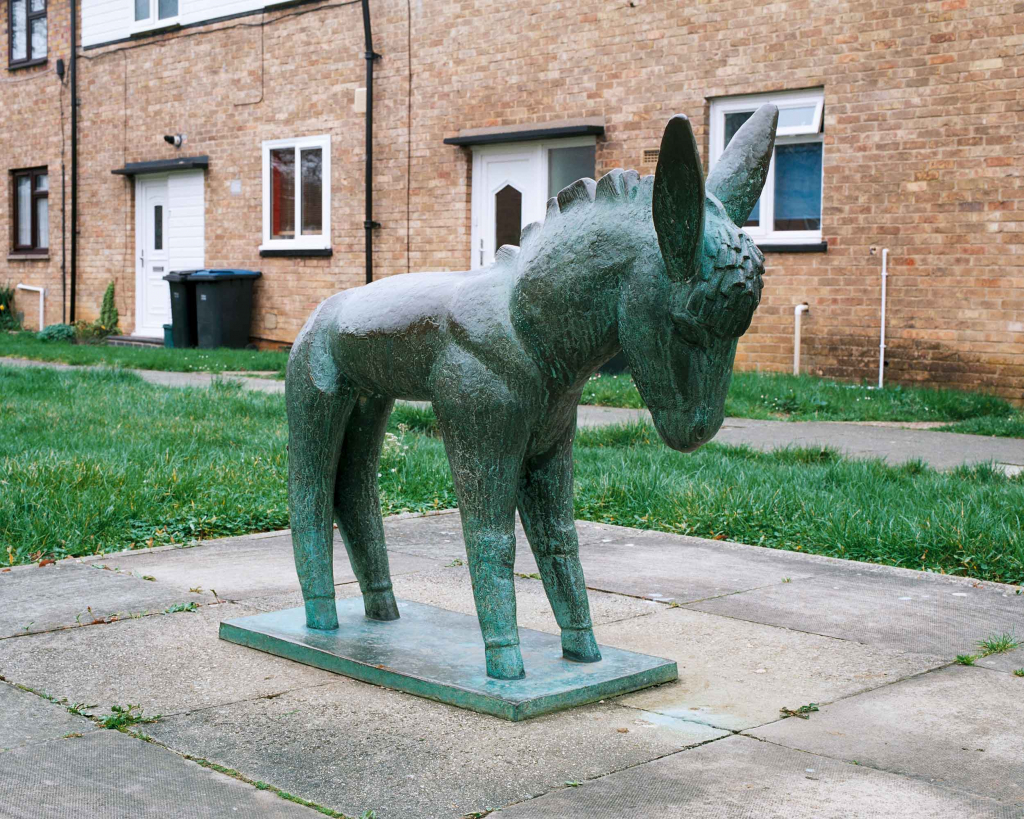
Donkey (1935) by Willi Soukop can be found on our new Hepworth Trail, which takes 2.5 hours to complete on foot or 1.5 hours by bicycle. This small “play sculpture” was voted Harlow’s favourite in 2017.
Our role in the wake of Covid-19 is much like that of our founding members: to use public art to bring people and communities together in Harlow. We will continue to deliver on our vision of an urban sculpture park developed with and for the community by working with developers, local business, Harlow Council and others to commission new work and create opportunities for people to engage and get involved.
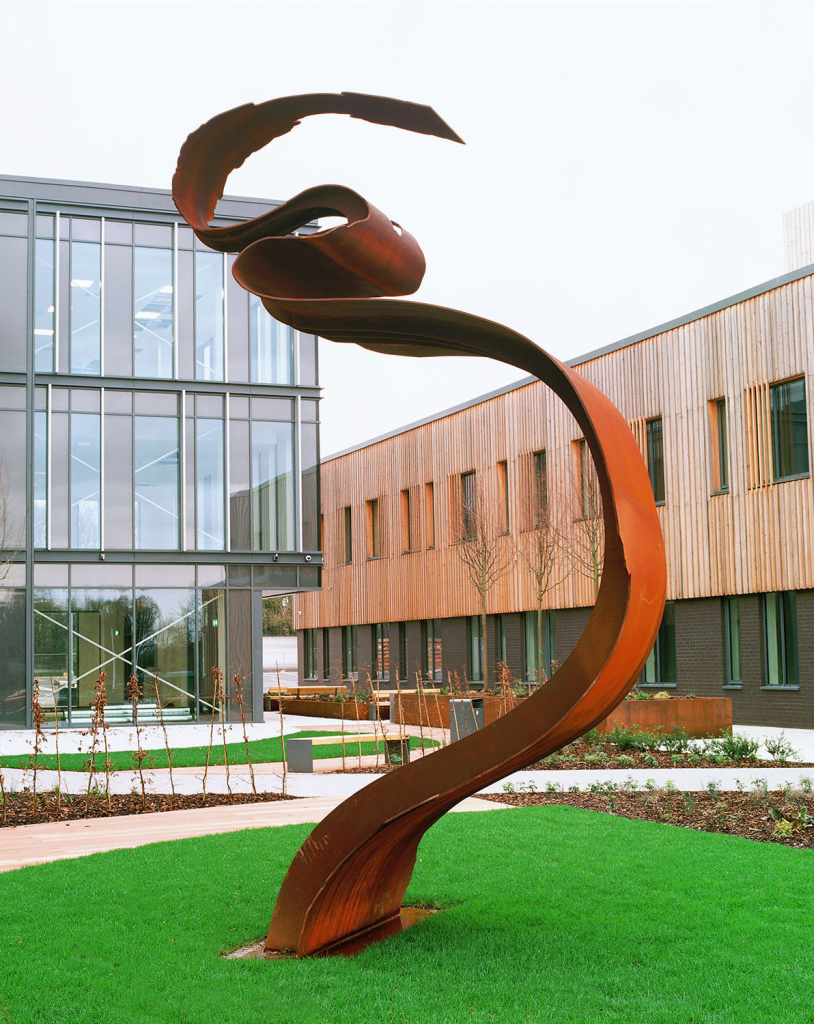
Twofold by Nick Hornby was jointly commissioned in 2017 by Harlow Art Trust and Harlow Science Hub. It became the 100th work in the collection upon installation late last year. Sculptures 101 and 102 are already in the works.
You can find more information about Harlow Art Trust on the Gibberd Gallery website and make sure you check out their new Sculpture Town website too.

